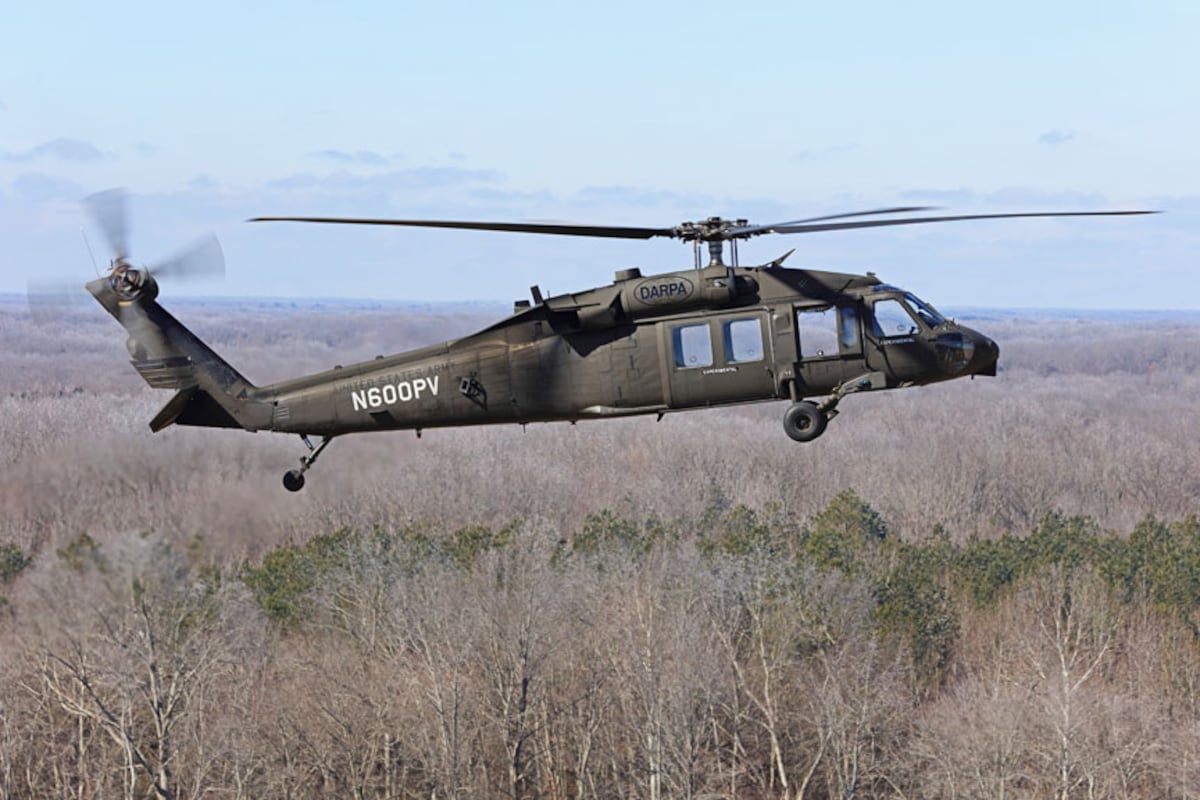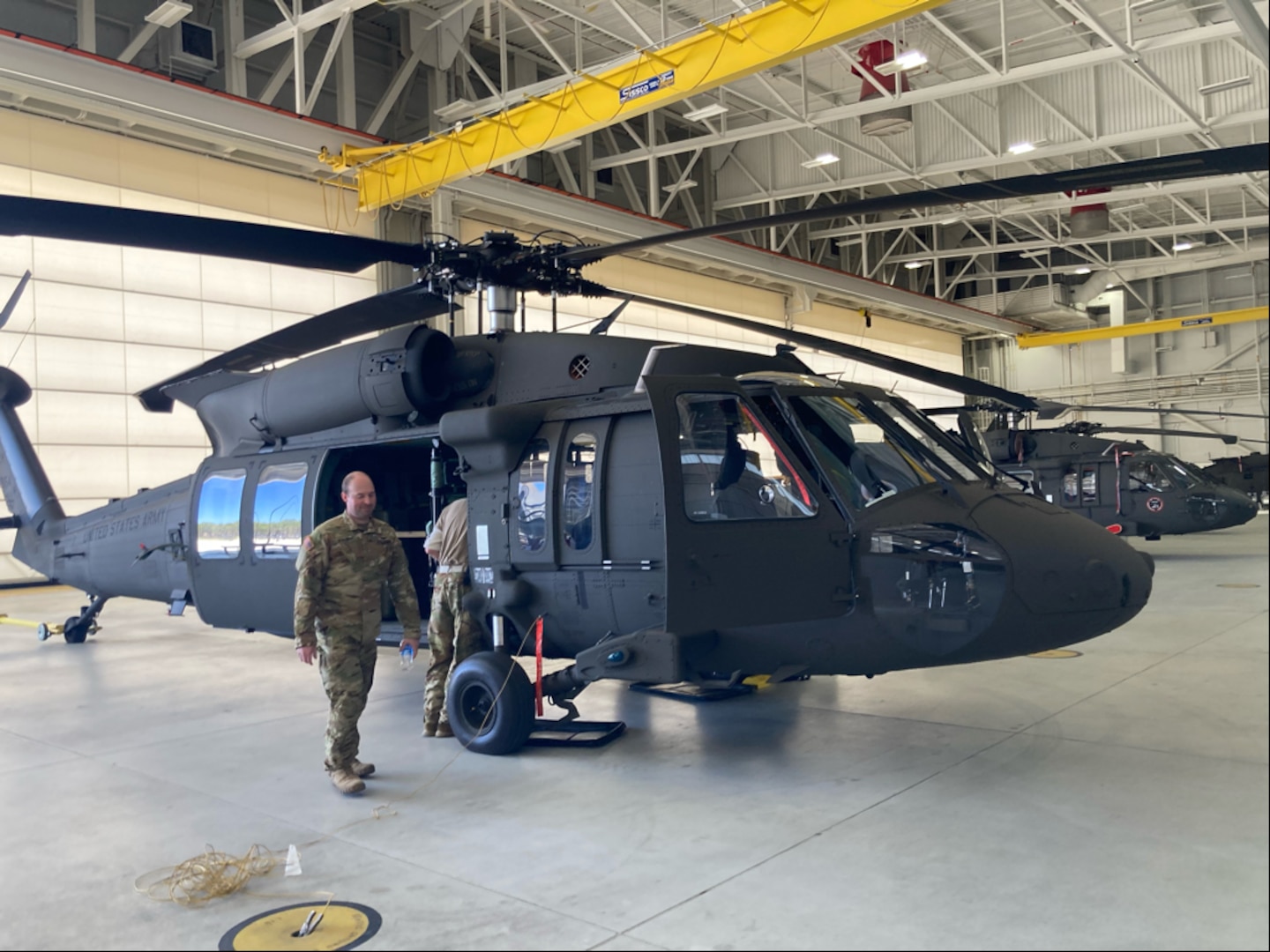Discover the Upkeep and Upgrades That Keep the Blackhawk Helicopter Mission-Ready
Discover the Upkeep and Upgrades That Keep the Blackhawk Helicopter Mission-Ready
Blog Article
Exploring the Thrills and Innovations of the Blackhawk Helicopter
The Blackhawk helicopter stands as a testimony to armed forces aeronautics's advancement, merging technological advancements with functional applications. What lies ahead for this famous airplane, and just how will arising technologies shape its future in army procedures?
History of the Blackhawk Helicopter
Since its creation in the 1960s, the Blackhawk helicopter has actually played a pivotal function in modern-day armed forces aeronautics. Established by Sikorsky Aircraft, the UH-60 Blackhawk was designed to meet the U.S. Military's demand for a functional energy helicopter with the ability of carrying out a selection of objectives, consisting of army transportation, clinical emptying, and freight airlift. The layout was a response to the limitations of earlier helicopters, specifically in regards to survivability, maneuverability, and rate.
The Blackhawk made its initial trip in 1974 and quickly went into solution in 1979. Its introduction marked a considerable improvement in helicopter modern technology, featuring a two-rotor system that improved performance and security. The airplane's rugged construction and advanced avionics allowed it to run efficiently in varied atmospheres and conditions.
Throughout the years, the Blackhawk has been continuously upgraded, incorporating lessons picked up from numerous combat circumstances. Its deployment in conflicts such as the Gulf Battle, Somalia, and the Battle on Horror more solidified its online reputation as an essential possession. The Blackhawk's heritage is identified by its versatility and resilience, making it a keystone of military aeronautics for years.
Key Features and Specifications
The Blackhawk helicopter is differentiated by its durable layout and advanced technical attributes, which collectively enhance its functional capabilities. Developed primarily for energy objectives, the Blackhawk flaunts a maximum takeoff weight of about 22,000 extra pounds, allowing it to carry substantial hauls while maintaining dexterity.
Equipped with 2 General Electric T700-GE-701C engines, the Blackhawk accomplishes a maximum rate of around 183 knots and a variety of 368 nautical miles - Blackhawk Helicopter. Its cutting edge blades system features a four-blade major rotor and a four-blade tail blades, ensuring security and maneuverability in different flying problems
The helicopter's cabin can fit as much as 11 soldiers or various freight configurations, showcasing convenience in objective accounts. In addition, the Blackhawk is made with sophisticated avionics, consisting of digital trip controls and a comprehensive cockpit display screen, enhancing pilot situational understanding.
For boosted survivability, the Blackhawk includes ballistic armor and self-sealing fuel tanks. Its ability to operate in varied settings, from deserts to icy terrains, additionally strengthens its credibility as a reputable system for altruistic and army procedures alike. The Blackhawk's mix of resilience, power, and convenience makes it a keystone of modern aerial capacities.
Developments in Innovation
Innovations in technology have considerably enhanced the abilities of the Blackhawk helicopter, ensuring it stays at the forefront of armed forces aeronautics. Among one of the most significant innovations is the integration of innovative avionics systems, which provide boosted situational understanding with real-time data handling and screen. This innovation allows pilots to navigate intricate atmospheres much more efficiently, improving goal success prices.

Moreover, the introduction of digital fly-by-wire systems has changed the control mechanisms of the Blackhawk, providing smoother handling and increased responsiveness. These systems click for source facilitate sophisticated ability to move, essential in high-stakes circumstances. Last but not least, improvements in communication and networking technologies enable smooth sychronisation among devices, improving total operational performance. Jointly, these technological innovations guarantee that the Blackhawk helicopter stays a vital property in modern army operations.
Duties in Military Workflow
With advanced innovation improving its capabilities, the Blackhawk helicopter plays a diverse duty in military operations. Mainly, it is employed for troop transportation, enabling rapid release and removal of employees in various battle situations. Its spacious cabin can suit approximately 11 troops, making it a vital property for unique procedures and large goals.
Additionally, the Blackhawk works as a medevac platform, furnished to carry wounded soldiers promptly and efficiently from the battleground to medical facilities - Blackhawk Helicopter. Its flexibility includes logistical support, where it carries supplies and devices important for sustaining armed forces operations in remote areas

The helicopter is also crucial in reconnaissance missions, providing aerial surveillance and intelligence-gathering abilities. Its capability to operate in varied settings-- ranging from city setups to extreme surfaces-- more strengthens its importance on the battlefield.
In Addition, the Blackhawk can be furnished with sophisticated weapons, permitting it to involve in combat and provide close air assistance. This adaptability underscores the helicopter's integral duty in contemporary military approaches, making it a vital part of armed pressures worldwide.
Future Developments and Innovations
Advancements in modern technology guarantee to usher in a brand-new era for the Blackhawk helicopter, boosting its capabilities and functional efficiency. As the army landscape progresses, so too does the focus on integrating sophisticated innovations right into rotary-wing aircraft. Future growths for the Blackhawk may consist of enhancements in avionics, such as innovative flight control systems and enhanced situational awareness tools powered by expert system. These technologies will promote much more specific navigation and decision-making in complicated settings.
Furthermore, the integration of unmanned systems is on the horizon, potentially permitting manned-unmanned teaming procedures that can broaden mission link accounts and reduce danger to workers. The Blackhawk's layout is also expected to include lighter and more powerful products, boosting gas effectiveness and general efficiency.

Verdict
To conclude, the Blackhawk helicopter represents a substantial accomplishment in army aeronautics, identified by its adaptability and advanced technical attributes. Its historic evolution reflects a regular reaction to functional demands, improving capacities in different roles such as army transport and medevac procedures. Recurring advancements, including the assimilation of fabricated knowledge and hybrid-electric propulsion, assure to more reinforce the Blackhawk's effectiveness and importance in future military interactions, guaranteeing its condition as a crucial property on the field of battle.

With sophisticated modern technology boosting its capacities, the Blackhawk helicopter plays a diverse duty in military procedures. (Blackhawk Helicopter)
Report this page